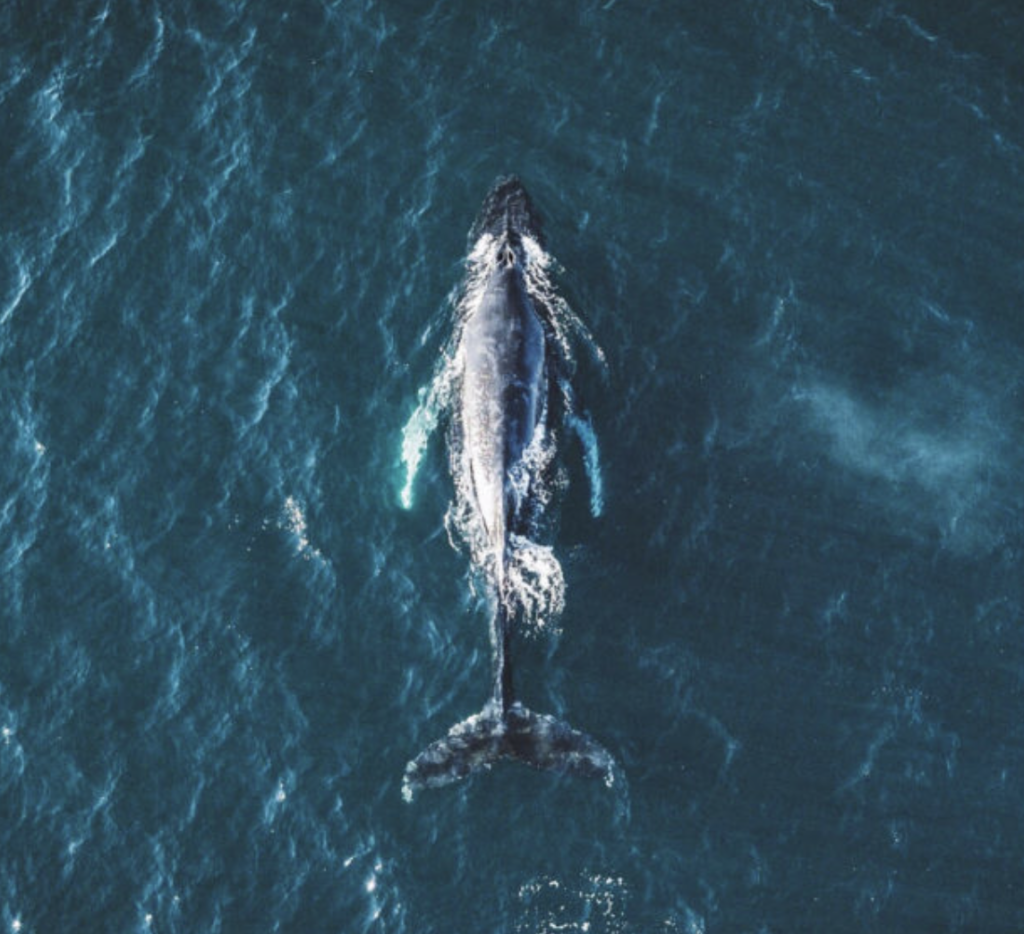As a child growing up in Lebanon, Ralph Chami would stare out at the ocean, mesmerized by the Mediterranean and the mysteries of the sea. He wanted to be an oceanographer, but there were no marine science careers to pursue in his country. Eventually he and his family fled war-torn Beirut, and he earned his Ph.D. in economics from Johns Hopkins University in the United States, ending up as an economist at the International Monetary Fund. But the seas continued to draw Chami, beckoning him like a starfish to coral.
Three years ago, Chami volunteered on a whaling research mission in Baja California, Mexico, with his friends Michael Fishbach and Heather Watrous of the Great Whale Conservancy, a small nonprofit. While having dinner, their conversation turned to the important role that whales play in balancing Earth’s natural carbon and oxygen cycles, scientific phenomena that Chami had never heard of. After that, he says, “Life was never the same again.”

Whales, it turns out, dump critical amounts of nutrients and minerals from their waste streams as they dive and surface during their global migrations. Their iron- and nitrogen-rich poop sustain vast blooms of phytoplankton, the microscopic plant-based building blocks of the sea that supply at least 50 percent of the world’s atmospheric oxygen, while consuming 40 percent of all carbon dioxide produced. Then, when whales die, they sink to the sea floor, sequestering their huge stores of carbon far from the atmosphere, where it no longer contributes to climate change. This carbon-oxygen marine cycle is known as the “whale pump.” Given its importance, Chami began to wonder: What exactly is the value of a whale to global carbon markets?
Click on the link below to read the rest of this article on Undark magazine’s website.